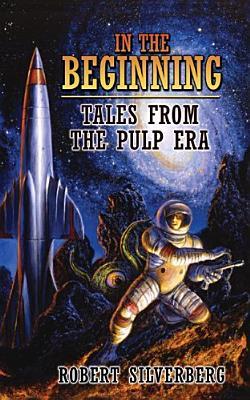First appeared in The Dying Earth.
Reprinted by Robert Silverberg.
The novel ends on a coming-of-age story, "Guyal of Sfere"--a young lad so fond of knowledge he pesters his dad to death (figuratively) with questions. Finally the father suggests the boy goes to the Curator [at the Museum of Man], in such a way as to suggest to the reader "Creator"--some all-powerful Oz.

The key, however, is the title and character's name, which might be pronounced "guy-al." This leads us to "guile" and the dictionary: guile: "the use of clever and usually dishonest methods to achieve something." --
Webster's. Now Guyal is initially guileless. A couple of people suggest he ask the Curator, but it's as if with a wink or smirk. What do they know? We don't know how Guyal reacts except he takes on the sojourn or quest, anyway, presumably with some
naïveté.
This doesn't last long.
The father arms his son with blessings so long as the boy doesn't depart from the trail. This is not the hero's journey--not yet formulated at this time (
at least not in storytelling terms)--but a traditional
quest, and a pretty clever one: a guileless quest for knowledge [a
MacGuffin], which is transformed into something else.
First stop, he finds one who claims to know all but cannot prove it, encounters oasts--which are like but different from his horse. A young girl and her uncle invite him to tarry awhile. Guyal senses oddness but cannot put his finger on it. She wants him to play her uncle's flute, but Guyal says no thanks. The uncle appears dejected, but she says he's just hard of hearing. The uncle plays instead, and the niece still insists Guyal play her uncle's flute even though Guyal has one of his own. He plays his, joining the uncle, and the music escalates. The niece dances and dances until she no longer looks young, dances to her death.
What did it mean that she wanted Guyal to play? It's not clear. No knowledge is gained. Guyal is no more enlightened than when he arrived, but perhaps he's lost a little guilelessness when faced with the guile of the young lady.
Next, he meets men on the road whom he tells about a ghost he's seen. Through connivance and a "domesticated" monster that spooks his horse, the men force Guyal to be penalized for having broken a law, but the penance seems minor. He has to judge a beauty contest, and none of the ladies act particularly enthused. That's because the winner and Guyal will be forced to go the Museum of Man (which many act as if this means death. Presumably others do not return. Why? They learn their society is not worth returning to? It's unclear). Again, Guyal faces guile, unbeknownst to him until later, but this time he loses and is forced on this journey. Yet the loss is a gain because he gets to go where he intended.
They encounter malign ghosts, who would stop Guyal's knowledge quest, but they're banished by light (i.e. enlightenment):
"Behind the ghost formed itself—a tall white thing in white robes, and the dark eye-holes stared like outlets into non-imagination." [emphasis mine]
Even the Curator is senile or insane, which is restored by a machine (i.e. technology). Only through guile in the museum against Blikdak and the Curator himself will Guyal achieve what he wants.
But has he gained knowledge? As a person, not really, but he has gained guile. Also, in theory, he's gained all knowledge that humanity has gained, stored in computers.
Where to now, Jeeves? The novel ends this way:
" 'Knowledge is ours, Shierl—all of knowing to our call. And what shall we do?' Together they looked up to the white stars. 'What shall we do ...' "
What does this mean? Two possibilities, at least. Humanity is headed to something or somewhere of which they don't have knowledge in order to gain the more--a continual renewal of learning. Or is the final question humorously rhetorical, and Guyal really doesn't know?
 First appeared in F&SF. Reprinted (once in a major genre retrospective) by Groff Conklin, Terry Carr, Martin H. Greenberg, Isaac Asimov, Al Sarrantonio, Robert Weinberg, and Stefan R. Dziemianowicz.
First appeared in F&SF. Reprinted (once in a major genre retrospective) by Groff Conklin, Terry Carr, Martin H. Greenberg, Isaac Asimov, Al Sarrantonio, Robert Weinberg, and Stefan R. Dziemianowicz.















